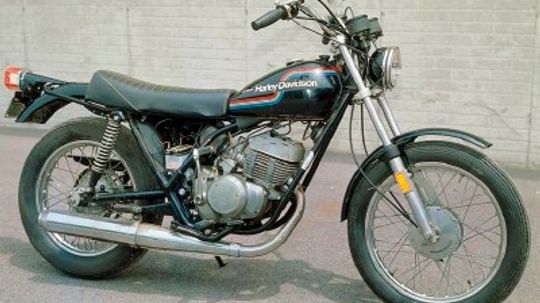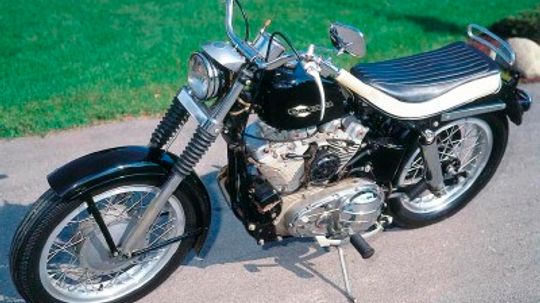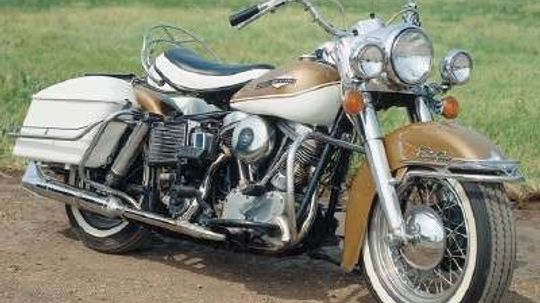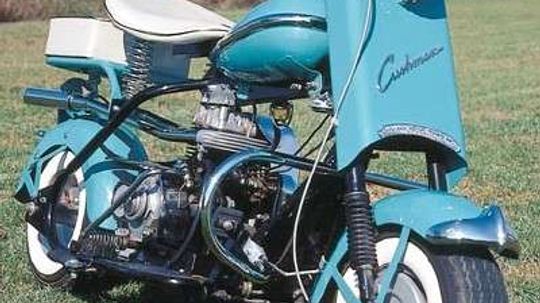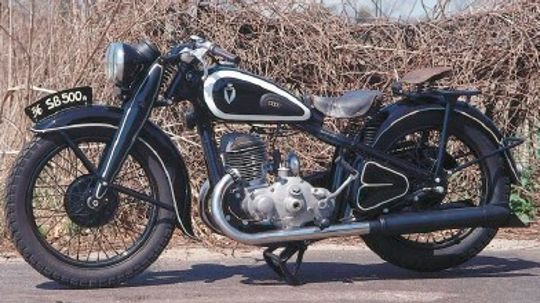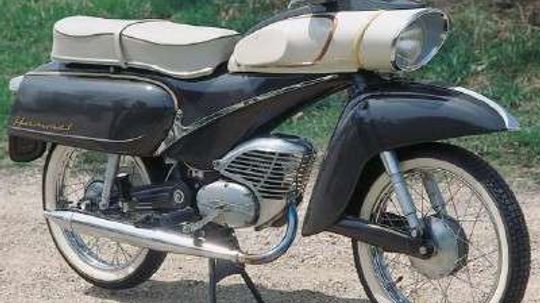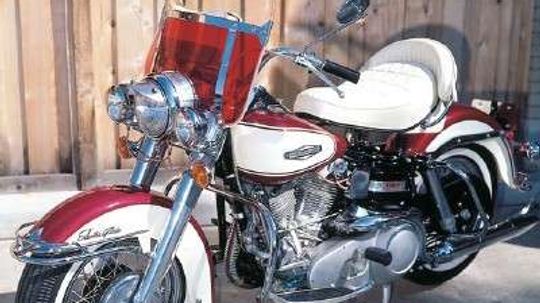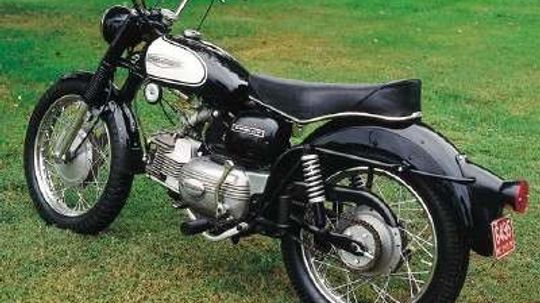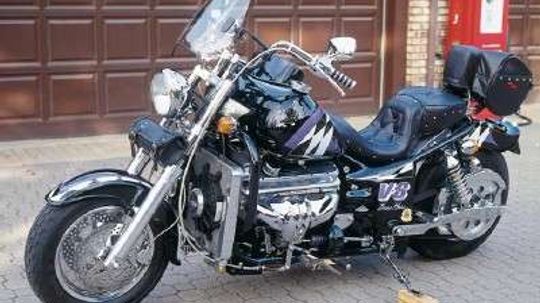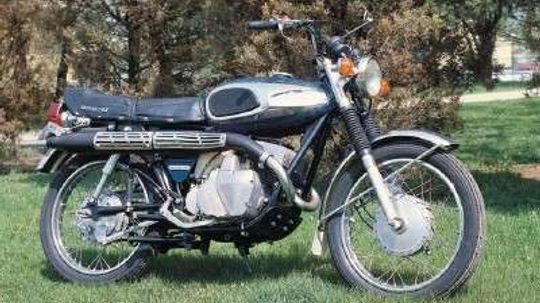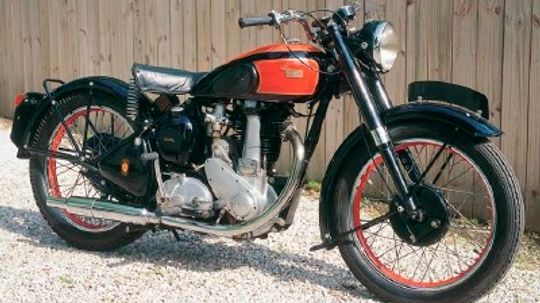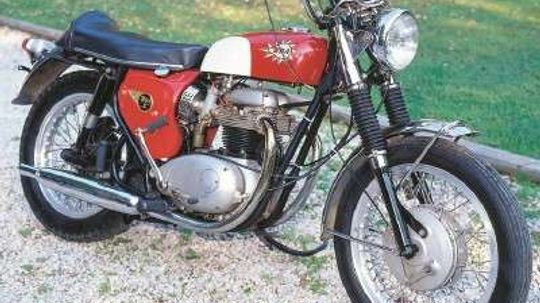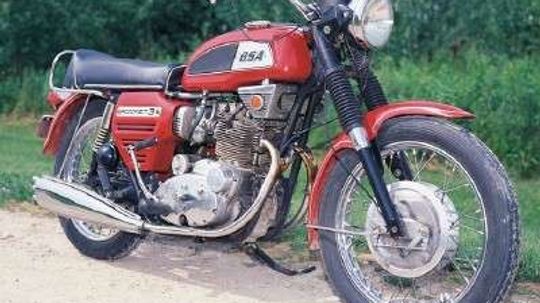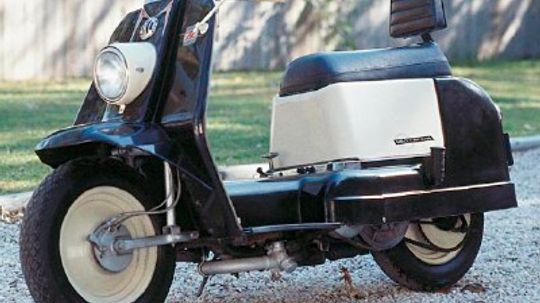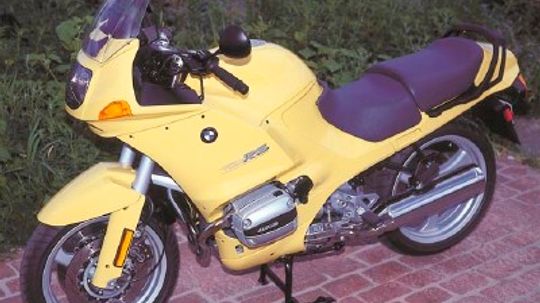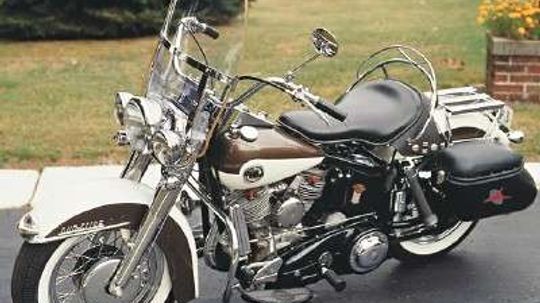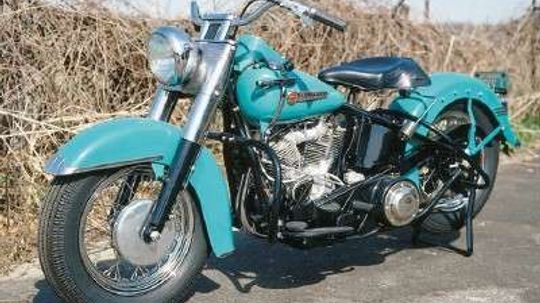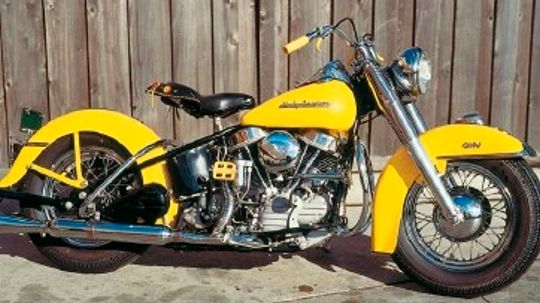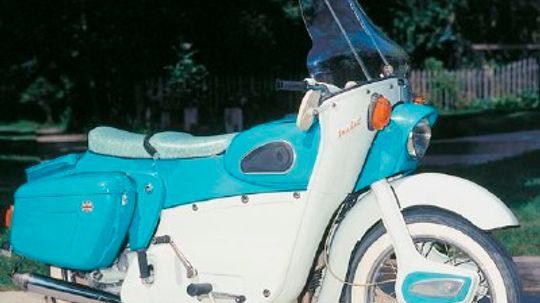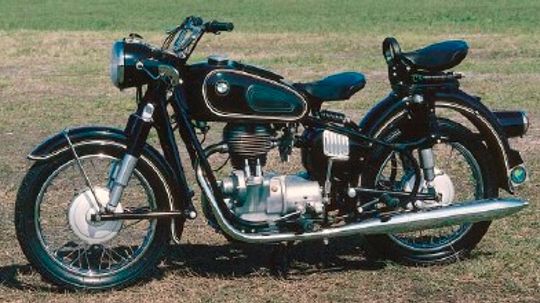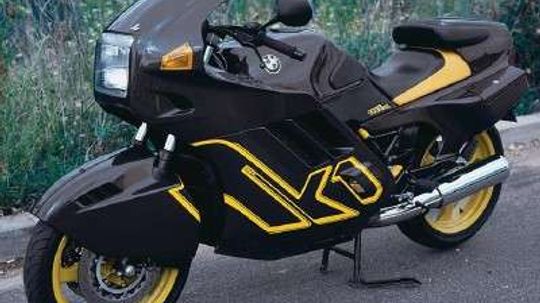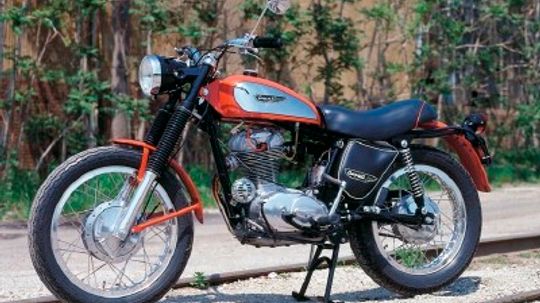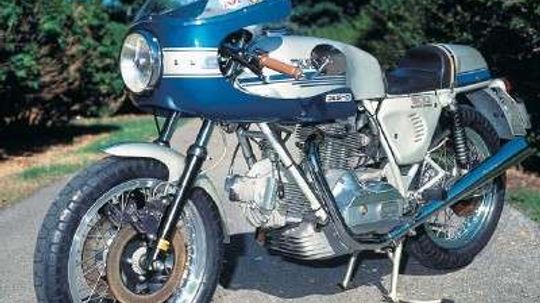Motorcycle Information
Explore the systems and components of motorcycles and see how they’re built. Learn about motorcycles at HowStuffWorks.
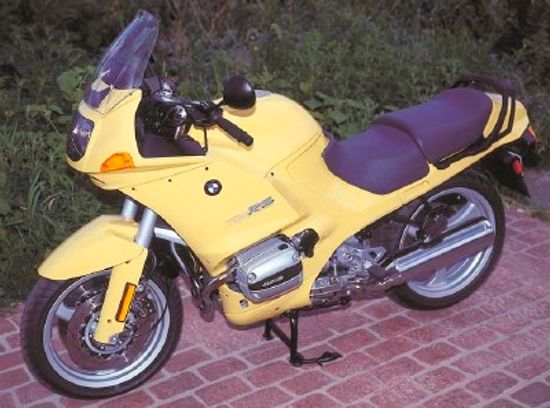
1994 BMW R1100RSL
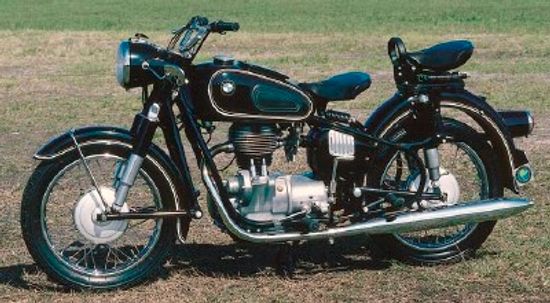
1965 BMW R-27
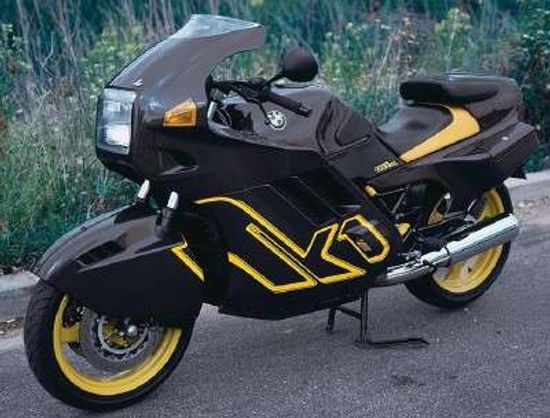
1990 BMW K-1
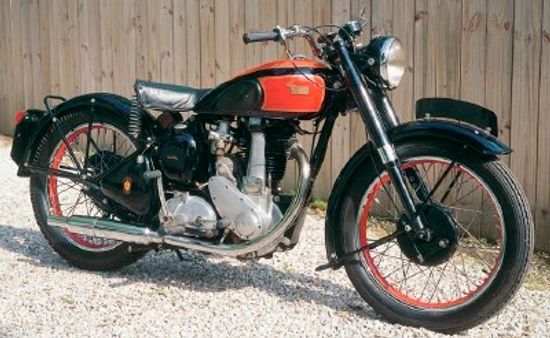
1949 BSA B33
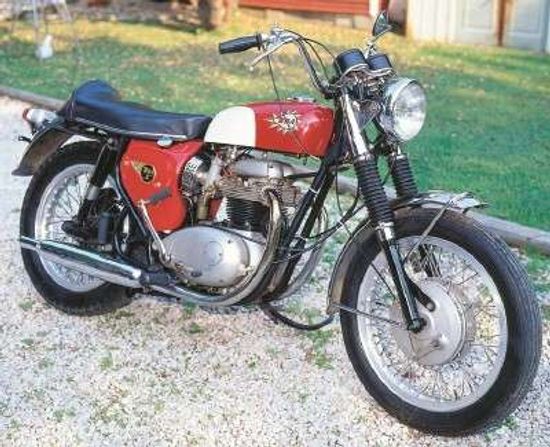
1966 BSA A65 Spitfire
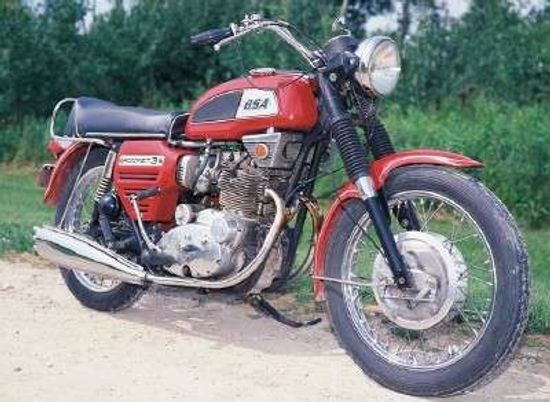
1969 BSA Rocket 3
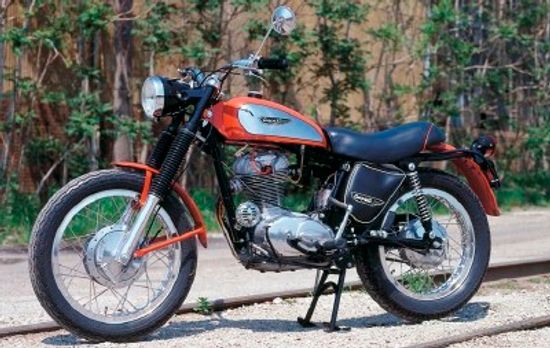
1970 Ducati 350 Scrambler
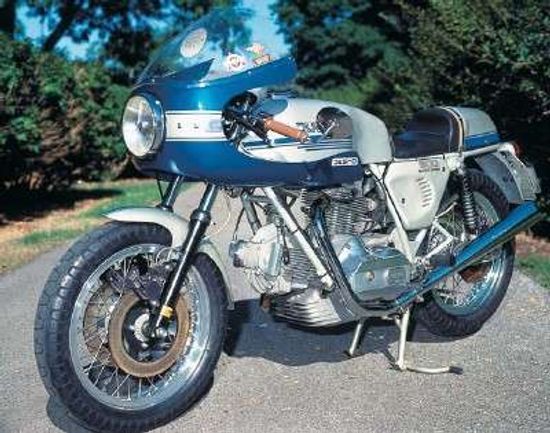
1977 Ducati 900SS
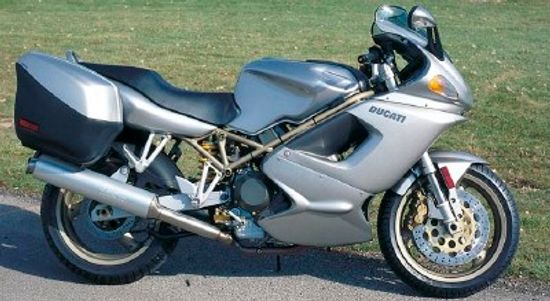
1998 Ducati ST2
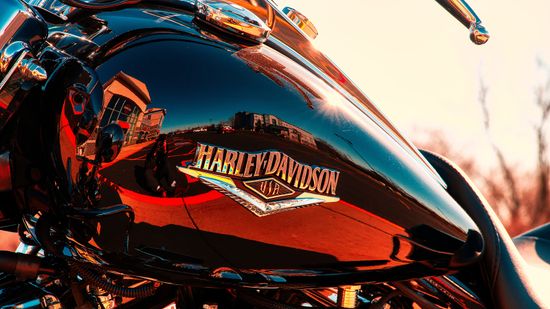
9 Harley Davidson Frame Types Rumbling Down the Highway
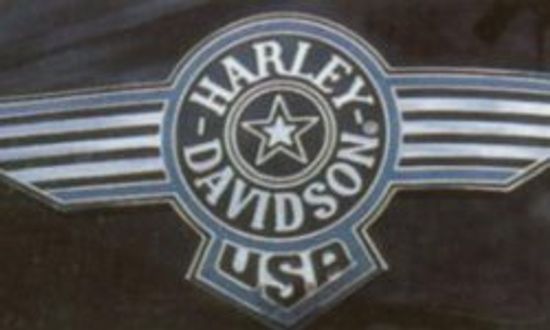
Hog Wild: Harley-Davidson Logos Through the Years
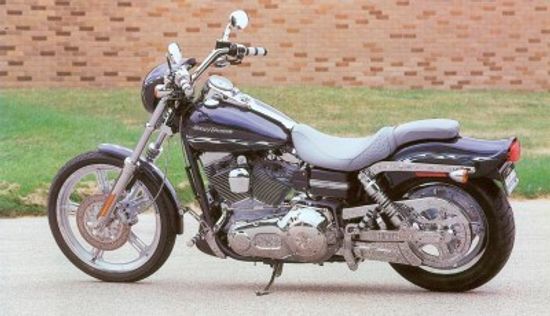
2002 Harley-Davidson FXDWG3
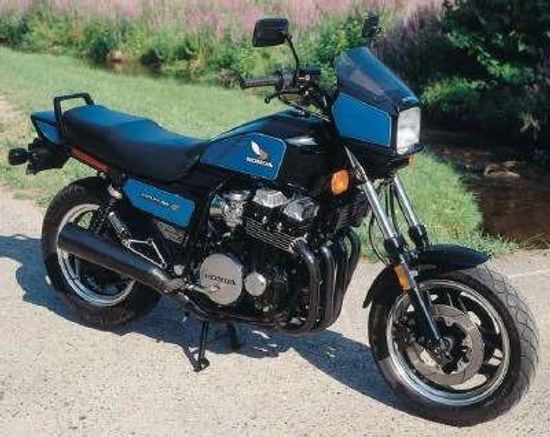
1984 Honda Nighthawk 700S
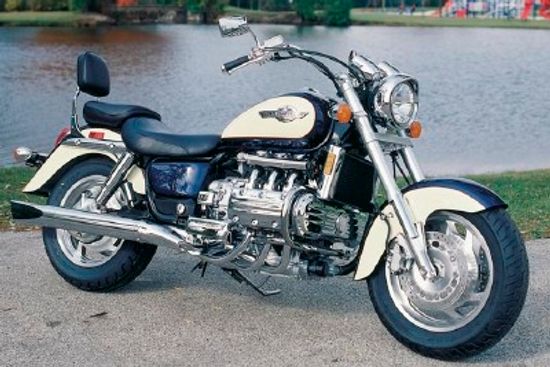
1998 Honda Valkyrie
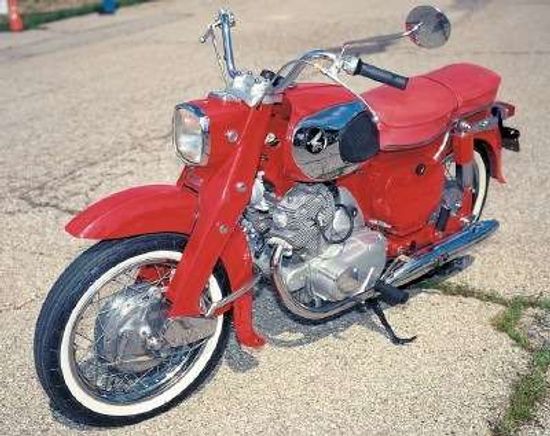
1969 Honda Dream 305
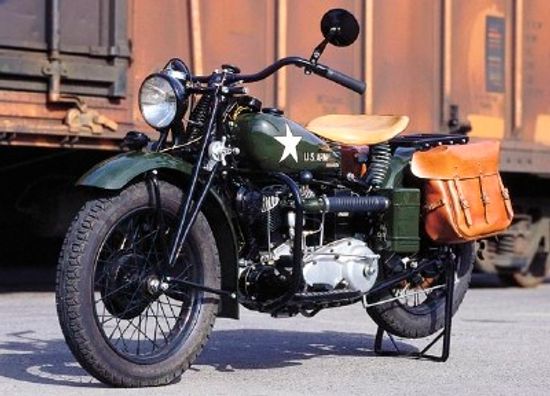
1942 Indian 741 and Indian 841
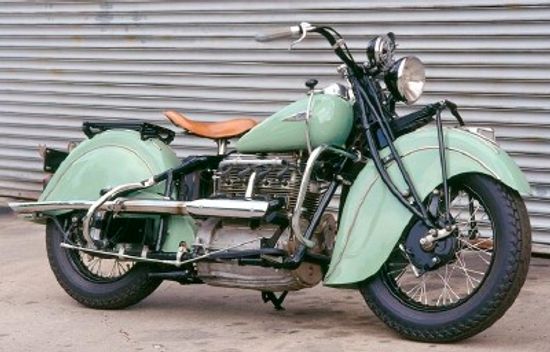
1940 Indian 440
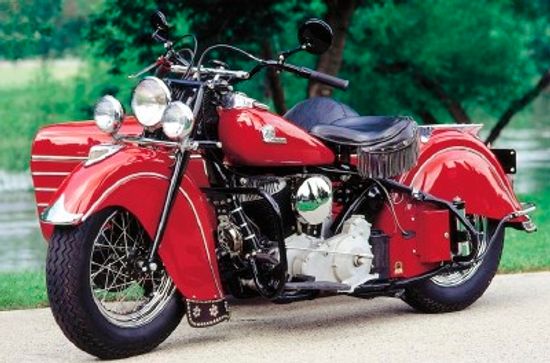
1946 Indian Chief
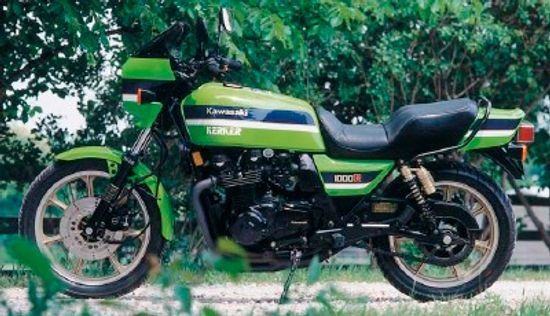
1982 Kawasaki KZ1000R
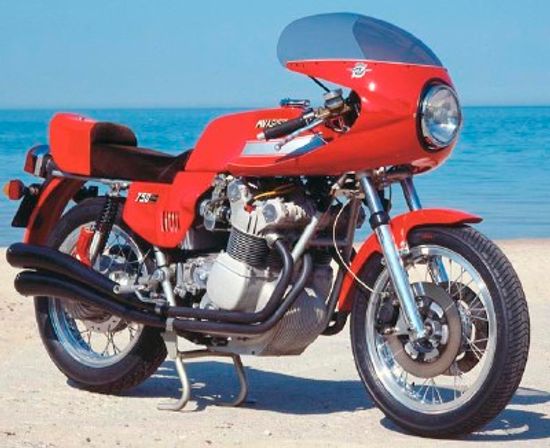
1977 MV Agusta 750S America
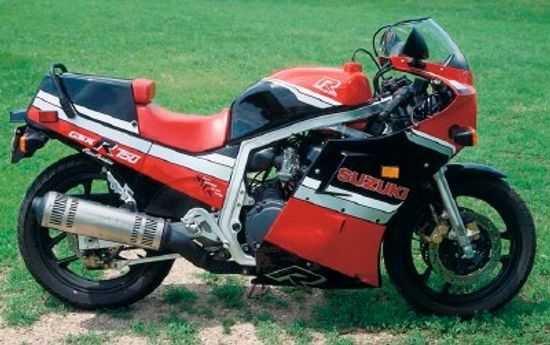
1986 Suzuki GSXR750
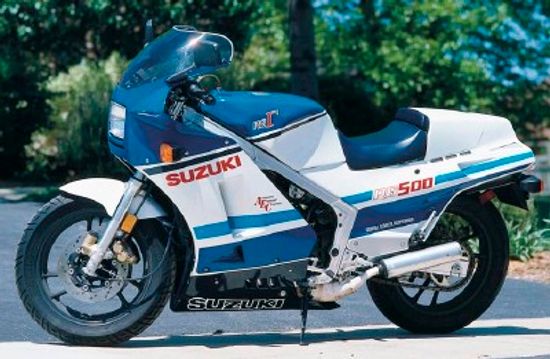
1986 Suzuki RG 500 Gamma
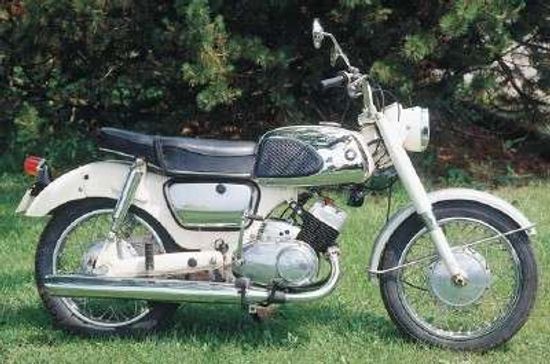
1966 Suzuki T10
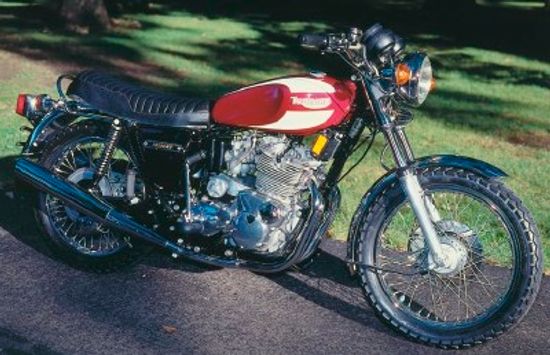
1975 Triumph Trident
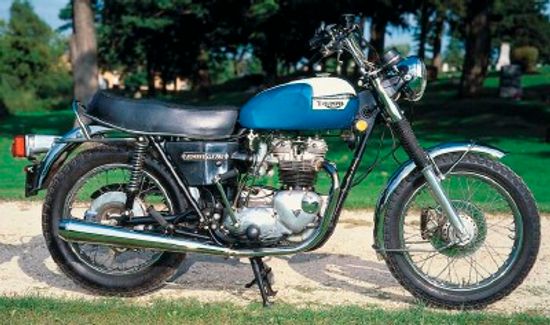
1976 Triumph Bonneville

1952 Triumph Thunderbird
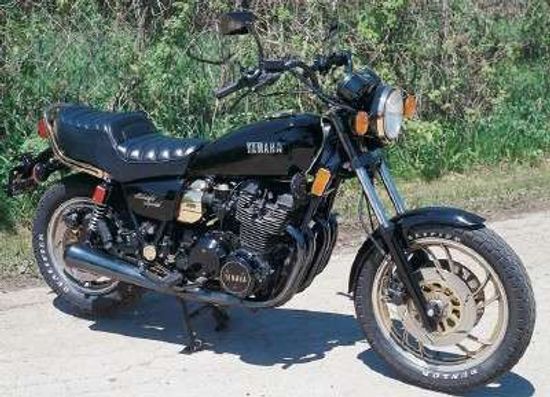
1981 Yamaha 1100 Midnight Special

1985 Yamaha RZ 500
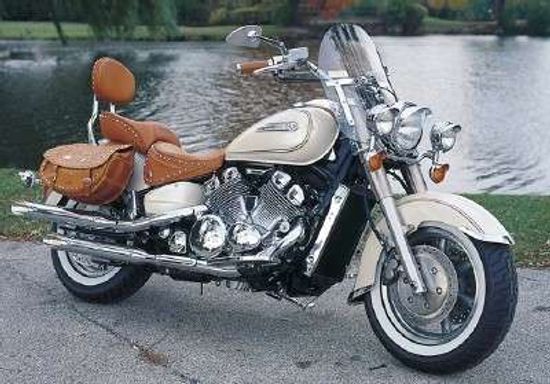
1997 Yamaha Royal Star Palamino Edition
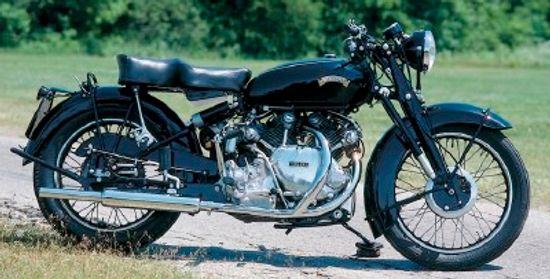
1951 Vincent HRD Series B Rapide
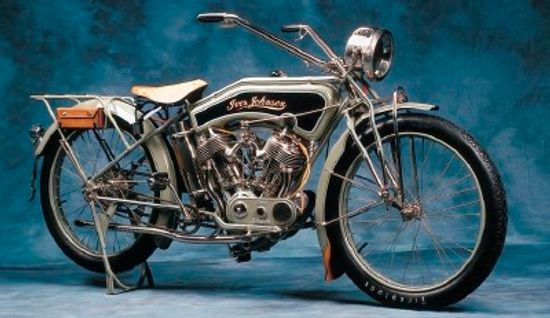
1915 Iver Johnson
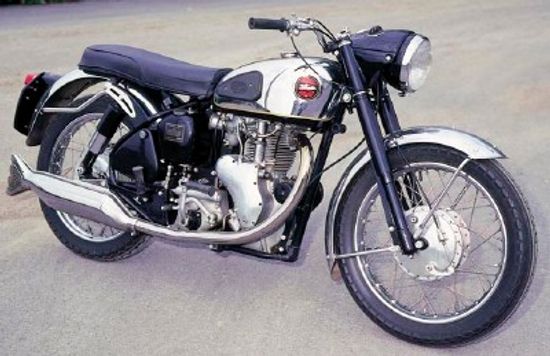
1961 Velocette Venom
Learn More / Page 5
The 1975 Harley-Davidson SS-250 had a Yamaha engine. Learn more about the 1975 AMF Harley-Davidson SS-250 motorcycle and see pictures.
The quick 1964 Harley-Davidson XLCH Sportster motorcycle was dubbed King of the Drags. Its impressive 883-cc V-twin engine out powered most competitors of the era. See pictures and learn about the 1964 Harley XLCH Sportster.
The 1965 Harley-Davidson FL Electra-Glide motorcycle combined a Panhead engine and electric starter. Though a curb weight of more than 700 pounds restricted performance, the Electra-Glide was a popular touring mount. See the profile of this classic bike.
Advertisement
The 1958 Cushman Eagle and Cushman Pacemaker motorcycles were great starter bikes for new motorcyclists. Cushman was also one of the few manufacturers of motorized vehicles permitted to continue civilian production during World War II. Learn about these scooters.
The 1936 DKW SB 500 A motorcycle was a stout bike that looked back to racing success and ahead to battle duty. Fed by a Bing carburetor, the two-stroke engine produced 15 horsepower. Learn more about the DKW SB 500 A.
The 1965 DKW Hummel 155 motorcycle featured styling unlike any bike of its day. When the 1965 DKW Hummel 155 motorcycle was introduced to the public the European motoring press dubbed it the "Tin Banana." See what made it so unique in this article.
The 1966 Harley-Davidson FLH Electra-Glide motorcycle featured increased horsepower. Weight of the FLs had crept up to nearly 800 pounds and the extra power was appreciated by owners. See pictures and learn about the 1966 Harley-Davidson FLH Electra-Glide.
Advertisement
The 1966 Harley-Davidson Sprint motorcycle was the teamwork of Harley-Davidson and Aermacchi of Italy. It was powered by a 250-cc horizontal four-stroke single and was popular with buyers. Learn more about the Harley Sprint.
No question about it the 1996 Boss Hoss motorcycle is the biggest baddest bike to ever roam the streets. It defines 'bigger is better' by packing a Chevy V-8 engine. See pictures and learn about the outrageous Boss Hoss.
The 1967 Bridgestone 350 GTO motorcycle was one of a few bikes created by the tire company in the 1960s. Bridgestone was synonymous with "performance" in motorcycle circles -- though that really wasn't the company's original aim. Learn about the Bridgestone 350 GTO.
The 1949 BSA B33 motorcycle was a successful postwar bike developed by one of England's oldest motorcycle companies. Though the company also built large V-twins for 20 years before World War II, its stock in trade remained midsize singles. Learn about the 1949 BSA B33.
Advertisement
The 1966 BSA A65 Spitfire motorcycle was part of a streamlined BSA lineup in the mid 1960s. The A65 Spitfire was positioned as a road racer for the street and smaller fuel tanks were used in the U.S. market. See pictures and learn about the BSA bikes.
The 1969 BSA Rocket 3 motorcycle arrived a few years too late to be the savior BSA hoped it would be. Nearly a clone of the Triumph Trident, the Rocket 3 was powered by an alloy 750-cc overhead-valve engine producing 58 horsepower. Read more about the Rocket 3.
1963 Harley-Davidson Topper motorcycle came during the short-lived scooter craze. Its 165-cc two-stroke single started with a recoil starter like a lawn mower and it featured an optional sidecar for a friend to ride in. Read about the tiny Topper.
The 1994 BMW R1100RSL motorcycle featured BMW's traditional 'boxer' twin engine. Equipped with adjustable handlebars hand controls seat and windshield the RSL could also be fine-tuned to almost any rider's personal tastes. Learn about the RSL.
Advertisement
The 1958 Harley-Davidson FL Duo-Glide motorcycle had a genuine rear suspension, finally giving Harley riders a smoother ride -- perfect for touring. The engine gave 50-60 horsepower from 1200 ccs/74 cubic inches. Read more about the smooth Duo-Glide.
The 1949 Harley-Davidson FL Hydra-Glide motorcycle was popular with riders for its modern design, comfortable ride and larger front brake. It also featured modern telescopic forks. See pictures and a profile of the 1949 Harley FL Hydra-Glide.
The Harley-Davidson company celebrated its 50th anniversary with a special edition Anniversary Yellow 1954 Harley-Davidson FL Hydra-Glide motorcycle that featured a special medallion on its front fender. Learn more about the FL Hydra-Glide.
The 1959 Ariel Leader offered several new technologies and unique styling. An interesting aspect of the Leader was the long list of options available. As a result, few of the 22,000 produced were exactly the same. Learn more about the 1959 Ariel Leader.
Advertisement
The 1956 Harley-Davidson KHK model was the final flathead motorcycle that Harley would ever produce. The KHK featured lower handlebars, less chrome trim, and more-performance oriented camshafts. Learn more about the 1956 Harley-Davidson KHK.
Bimota got its start in the early 1970s by wedding Honda or Kawasaki four-cylinder power with its own exotic chassis and bodywork. The 1992 Bimota Tesi motorcycle was exciting and exotic but it wasn't the star Bimota hoped for. Find out why and see pictures.
The 1965 BMW R-27 motorcycle was a popular single-cylinder design. BMW did not offer another single until the early 1990s when an Italian-built on/off-road model powered by a Rotax engine was introduced. Learn about the 1965 BMW R-27.
The 1990 BMW K-1 motorcycle was a departure from BMW's standard fare. Intended to compete in the sport-touring segment of the market the BMW K-1 was intended to appeal to a more youthful crowd. Learn about the 1990 K-1.
Advertisement
The 1970 Ducati 350 Scrambler motorcycle was quick even without Ducati's hot desmodromic valve train. The 350 Scrambler was considered one of the "tamer" models though it was still fast for a bike of its size. See pictures and learn about the 350 Scrambler.
The 1977 Ducati 900SS had a top speed of over 140 mph making it a force on the racing circuit. The new 900SS added desmodromics to the larger engine pushing the performance envelope even further. See pictures and learn about the 1977 Ducati 900SS.
